
Asbestos, once hailed as a miracle material for its heat resistance and durability, is now a well-known health hazard lurking in many homes and workplaces. In Melbourne, navigating the complex world of asbestos legislation can be daunting for property owners, employers, and workers. This blog post aims to demystify the intricacies of asbestos legislation in Melbourne, providing a comprehensive guide to compliance and safety.
From understanding the key legislation and regulations to discussing various stakeholders’ roles and responsibilities, we will walk you through the essential aspects of asbestos management. By the end of this blog post, you will be well-equipped with the knowledge and resources to safely manage asbestos and mitigate the risks associated with its exposure.
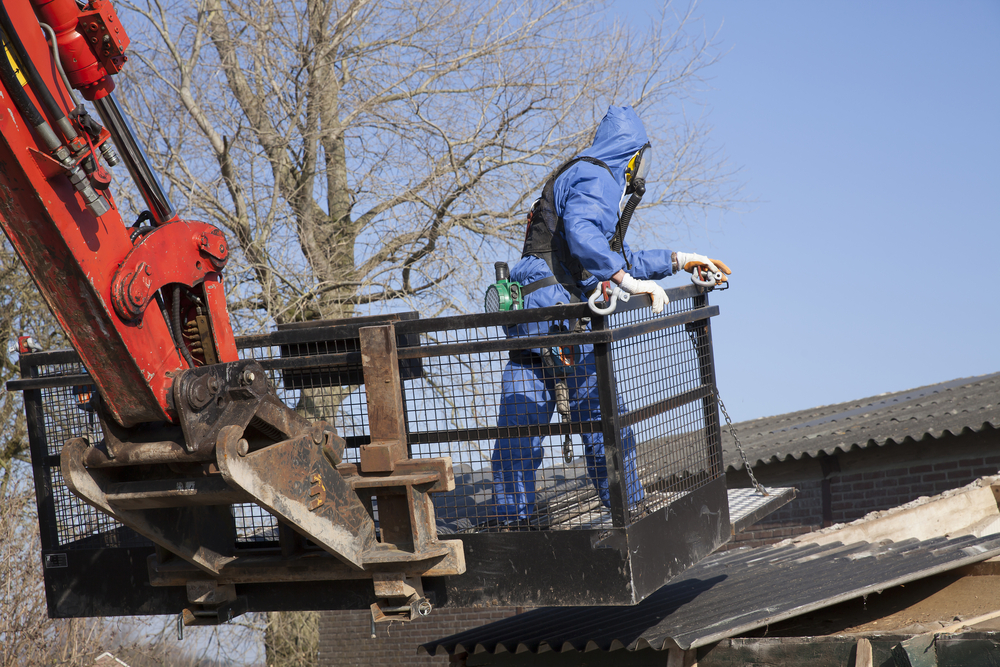
Asbestos management in Melbourne is governed by a robust legal framework, ensuring the safety of workers and the general public. The pivotal legislation and regulations in this domain are the Occupational Health and Safety Act 2004 and the Occupational Health and Safety Regulations 2017, enacted by the Australian government. These laws, along with the Asbestos Management Compliance Codes issued by WorkSafe Victoria, provide the necessary guidance for employers and employees to identify, manage, and safely remove asbestos from the workplace.
Adherence to these regulations and guidelines is vital when dealing with asbestos, as non-compliance could lead to significant fines and legal repercussions. To ensure the safety of people and the environment, licensed asbestos removalists play an integral role in the proper management and disposal of asbestos-containing materials.
The Occupational Health and Safety Act 2004 is the cornerstone of workplace health and safety legislation in Melbourne, Victoria. It sets out the key principles, duties, and rights related to health and safety in the workplace, establishing a framework for improving workplace safety standards and reducing work-related injuries and illnesses.
Under this Act, employers in the construction industry must provide and maintain a safe working environment, consult with employees and health and safety representatives, including safety representatives, regarding workplace safety, and monitor employee health. The Act promotes cooperation between employers and employees, encouraging a consultative, collaborative relationship to ensure workers’ health, safety, and welfare.
The Occupational Health and Safety Regulations 2017, also known as OHS regulations, build upon the foundation laid by the Act, providing specific requirements for managing workplace hazards, including asbestos. These regulations contain provisions detailing the disposal and laundering of asbestos-contaminated clothing and compliance codes that offer practical guidance on fulfilling obligations under Victoria’s Occupational Health and safety act or regulation duty.
An important distinction between the 2007 and 2017 versions of the Occupational Health and Safety Regulations is the expanded scope of the latter. While the 2007 regulations only covered workplaces with fixed and installed asbestos, the 2017 version encompasses any workplace containing asbestos, including contaminated soil or dust.

To further assist employers and employees in managing asbestos, WorkSafe Victoria has issued two compliance codes: Managing Asbestos in Workplaces and Removing Asbestos in Workplaces. These codes offer practical guidance on complying with duties and obligations related to asbestos handling and removal, helping stakeholders understand the risks associated with asbestos exposure.
Implemented in 2017, these codes are periodically revised, with asbestos registers and associated risk assessments recommended to be reviewed at least every three years. Regularly updating oneself with the latest revisions is a key step in guaranteeing the safety of workers and the general public.
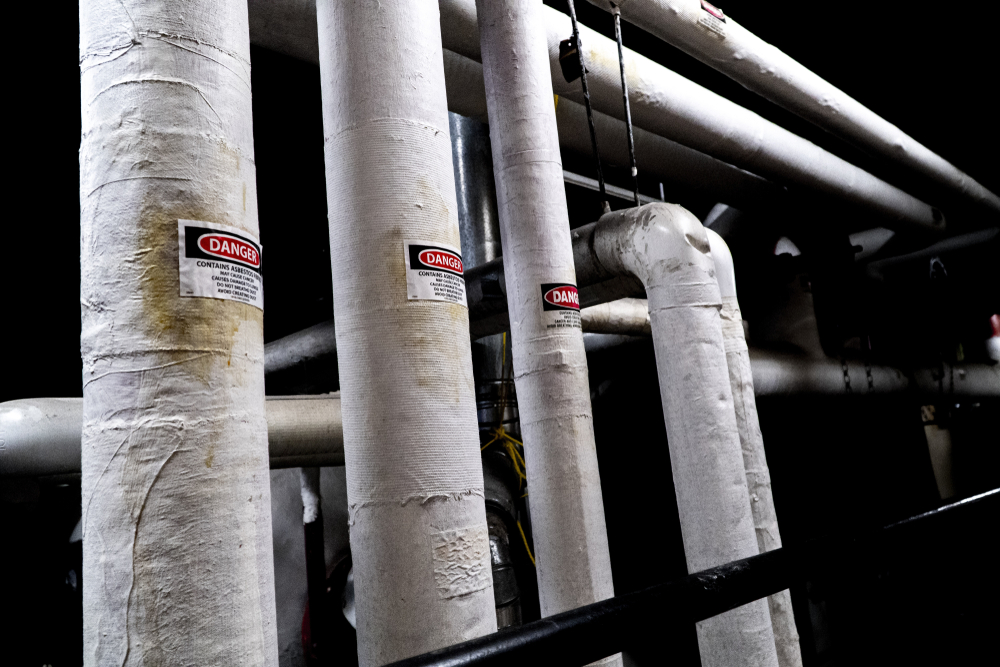
The Managing Asbestos in Workplaces Compliance Code guides employers and self-employed persons on asbestos management. It outlines the necessary steps to comply with the Act or Regulation that the code is based on, including identifying asbestos or asbestos-containing materials (ACM), implementing control measures, and ensuring safe handling and removal of asbestos.
For effective asbestos management in a workplace, the code suggests the following steps:
The Removing Asbestos in Workplaces Compliance Code outlines the necessary procedures for safely removing asbestos in accordance with Occupational Health and Safety obligations. This code applies to:
Following the guidance provided in this code allows stakeholders to safely and efficiently remove asbestos, in line with their legal duties. For more information on the code and its requirements, it is advisable to consult the WorkSafe Victoria website.

Asbestos management involves various stakeholders, each with their own set of responsibilities. Employers, for instance, must consult, comply with laws and regulations, fulfil OH&S obligations, inform all employers and occupants of premises about asbestos removal work, and meet duties imposed by the regulations. On the other hand, employees must adhere to guidelines and compliance codes, participate in asbestos awareness training, obey employer instructions, report asbestos-containing materials, utilize personal protective equipment (PPE), and inform any concerns to the employer.
Certified and trained by WorkSafe, licensed asbestos removalist professionals are key in asbestos management, given their expertise in safely and properly removing asbestos-containing materials. Employing a licensed removalist is necessary to conform to asbestos legislation and ensure the correct management and disposal of asbestos in Melbourne.
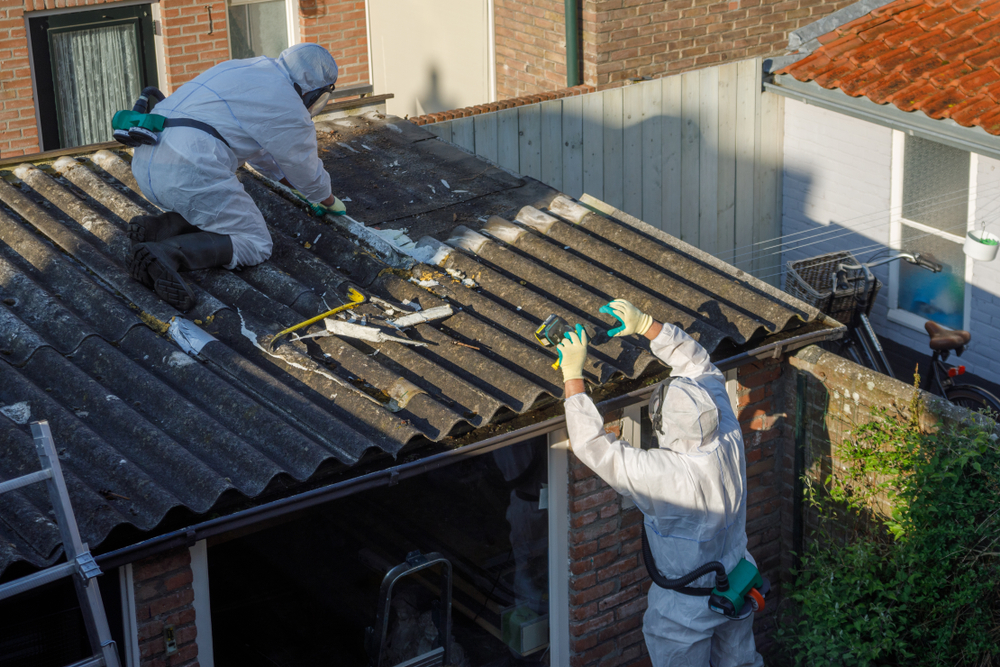
In Melbourne, workers who handle or remove asbestos must obtain the appropriate licences and complete the necessary training. Asbestos removal licences are available through WorkSafe Victoria, and individuals must possess the appropriate training and records of competency acquired through attending a 1-day (B class) or 3-day (A class) training course.
Employers and project managers must ensure that workers receive proper asbestos training. The 11084NAT Course in Asbestos Awareness (previously 10675NAT) equips employees with the skills and knowledge to recognize asbestos in the workplace.

Air monitoring and risk management are critical components of asbestos removal and management. Air monitoring involves testing the concentration of asbestos fibres in the air to ensure that control measures are effective and to determine if there is a risk of exposure during the removal process. This monitoring can be conducted statically or on the person and during risk assessments and clearance checks to ensure the area is safe to re-occupy.
Risk management is instrumental in recognizing, assessing, and mitigating the risks of asbestos exposure. Employing effective risk management techniques can help organizations safeguard workers and others from the hazardous health effects of asbestos exposure. Some key risk management techniques include:
Organisations can effectively manage the risks associated with asbestos exposure by implementing these techniques.
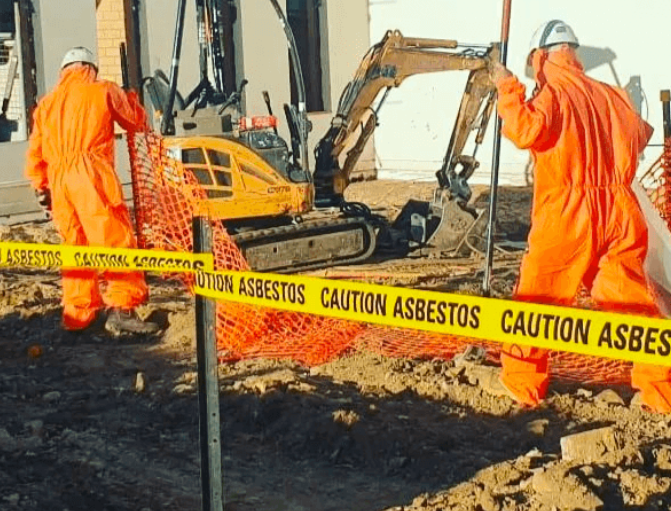
Non-compliance with asbestos legislation can result in severe penalties and enforcement actions. For instance, companies without an asbestos management plan may face fines of up to $30,000 per asset, while non-compliance with a prohibited asbestos notice can lead to fines of up to $500,000 for corporations and $100,000 for individuals. Aggravated offences may also incur a jail term of up to five years.
Responsible agencies carry out and issue Audits and remedial notices to guarantee compliance. Workplace inspections are also carried out to detect breaches of legislation. In the event of non-compliance, enforcement actions such as notices and orders may be issued, and Comcare, the claims manager for asbestos-related schemes, can carry out enforcement action to protect workers.
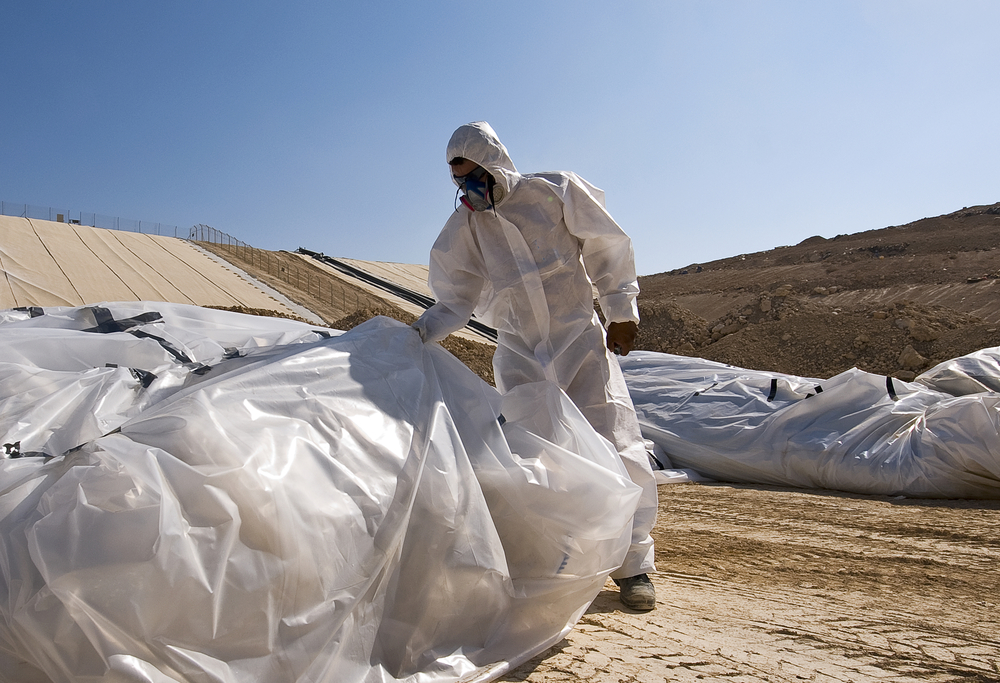
Various tools and resources are available to assist in managing asbestos in homes and workplaces. WorkSafe Victoria offers interactive tools, such as the “Find and identify asbestos tool,” which helps users locate and recognize asbestos in their homes or workplaces. Mobile applications like Innovative Asbestos Audit, Removal and Clearance, and ACM Check Application can also aid in asbestos management.
Several publications and guides can also provide valuable information on asbestos management, such as:
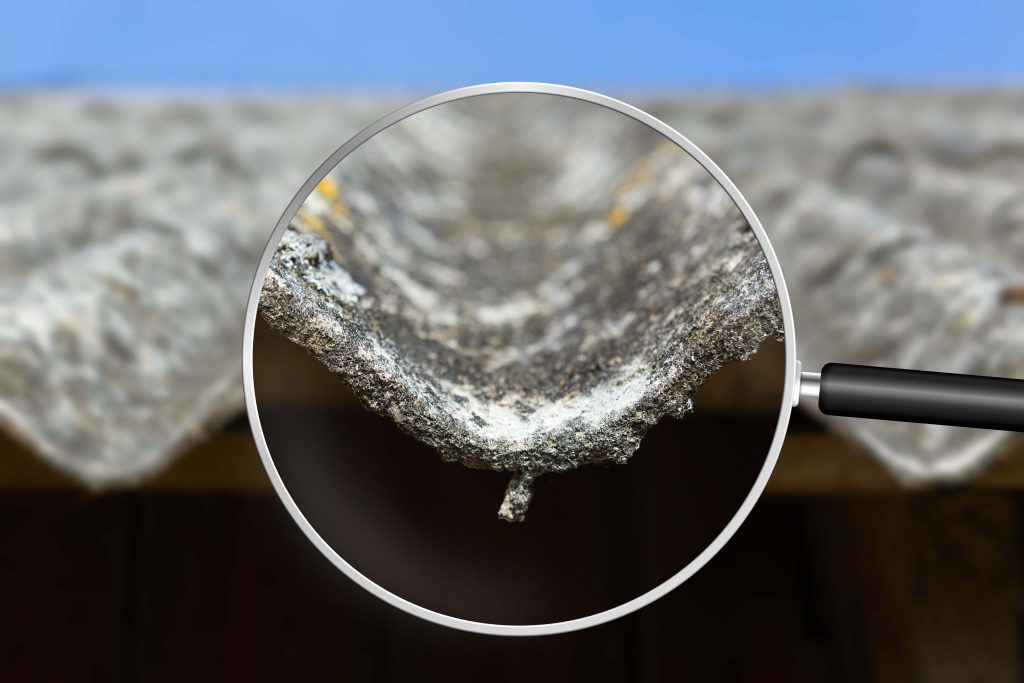
Asbestos awareness is crucial in understanding the risks associated with asbestos exposure. Case studies and real-life examples can shed light on the dangers of asbestos and the importance of proper management. Some notable case studies related to asbestos exposure in Melbourne include “Significant Asbestos Removal Works in the Built Environment,” which presents eleven case studies of asbestos removal works in Melbourne, and “Asbestos Exposure and Compliance Study of Construction and Maintenance Workers,” examining the exposure to asbestos and compliance with safety regulations among construction and maintenance workers in Melbourne.
Learning from these case studies can enhance individuals’ understanding of the potential hazards of asbestos exposure, including the inhalation of asbestos fibres, and the significance of following proper safety guidelines, training, and legislation.
In conclusion, understanding and complying with asbestos legislation in Melbourne is crucial to ensure the safety of workers, occupants, and the general public. This blog post has provided an overview of the key legislation, regulations, and compliance codes related to asbestos management in Melbourne, along with the roles and responsibilities of various stakeholders, including employers, employees, and licensed removalists.
By staying informed about the latest regulations, engaging in proper training, and utilizing available tools and resources, individuals can effectively manage asbestos risks and create a safer environment for everyone.
In Australia, the workplace exposure standard for asbestos is 0.1 fibres per millilitre of air over an 8-hour period. Employers must ensure that workers are not exposed to airborne asbestos.
The Permissible Exposure Limit (PEL) for asbestos is 0.1 fibre per cubic centimetre of air as an eight-hour time-weighted average (TWA), with an excursion limit (EL) of 1.0 asbestos fibres per cubic centimetre over 30 minutes. There is no safe amount of asbestos exposure; even one-time exposure can cause dangerous health risks.
Contact WorkSafe Victoria on 1800 136 089 if you discover asbestos illegally dumped. Alternatively, report the dump to EPA’s 24-hour pollution hotline on 1300 EPA VIC (1300 372 842).
Melbourne’s main legislation governing asbestos management are the Occupational Health and Safety Act 2004, the Occupational Health and Safety Regulations 2017, and the Asbestos Management Compliance Codes issued by WorkSafe Victoria.
Employers, employees, and licensed removalists are all responsible for managing asbestos in the workplace.
Posted By: Tommy Clappers
Leave a Reply